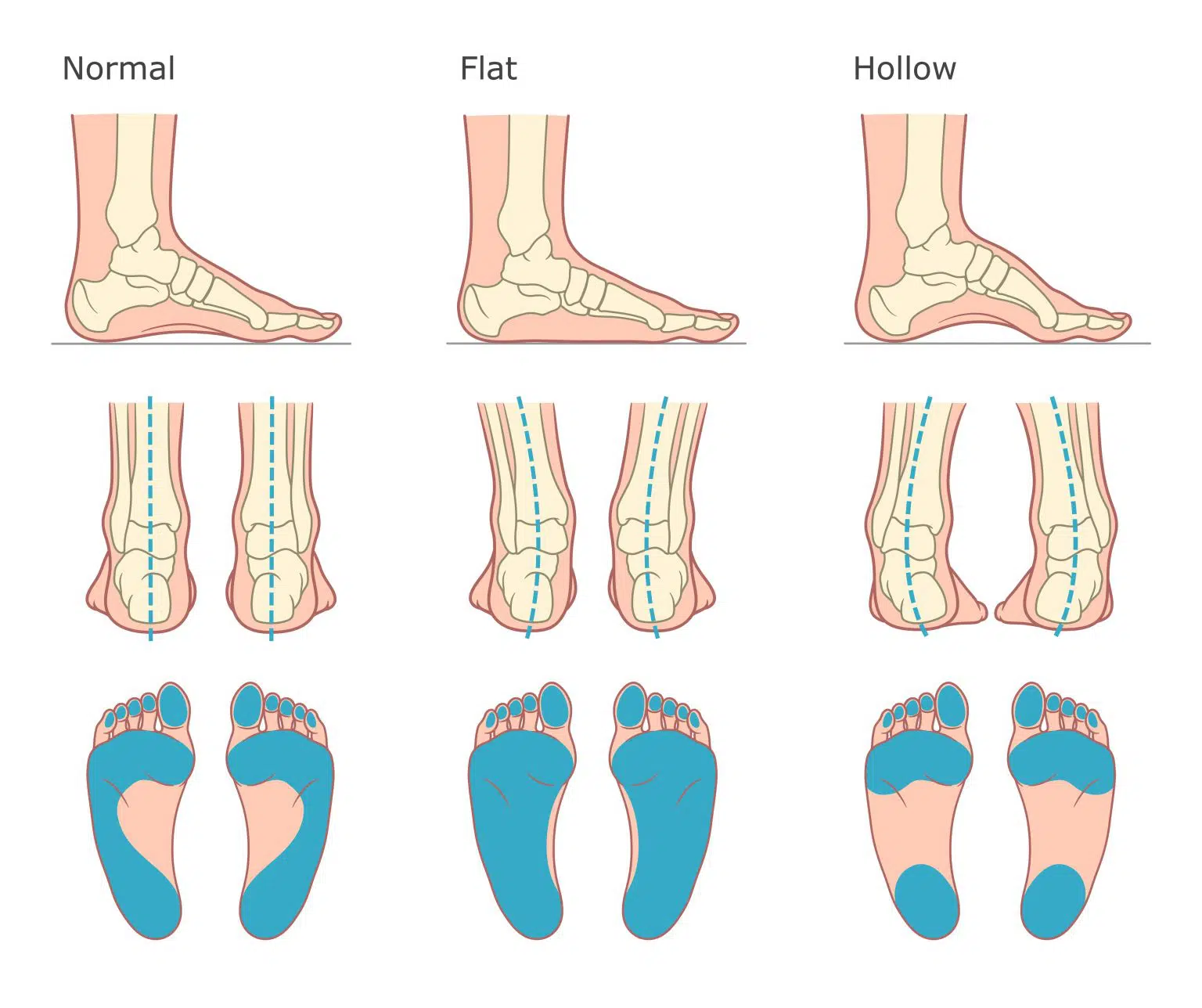Hip & Back Posture assessment
Posture problems can cause pain and dysfunction to your feet, ankle, knee, hip or back. The key to treatment is to try to determine whether your pains and dysfunction are coming form your feet up or from your back down or a combination of both.
Body posture has gained a lot of attention in recent times as a holistic approach to managing and preventing musculoskeletal problems (muscle and joint conditions). Body posture alters depending on the activity. For example, sitting posture is different to standing and walking posture is different to running posture. A general consensus among postural studies is that frequent change in body position is better compared to one standard position.
We all realise that one cannot sit or stand or walk or run in a constant body posture, so if the body changes position and posture frequently why do Podiatrists intervene to alter body posture? To treat pain and dysfunction. As we age muscle activity changes which in turn leads to postural changes which are called compensations. In the lower limb changes in the foot position alters muscle activity in the ankle, knee, hip and lower back.
A thorough examination of the lower limb is important in determining holistically what is going on when trying to treat any part of your lower limb. So, whether you come and see us for back, hip, knee, ankle or foot pain is crucial that as podiatrists we consider your back, pelvis, sacroiliac joint, hips, knees, ankle and feet. Our podiatrists do this by testing muscle strength, range of motion in these joints and then doing a gait analysis.
Some of the Things We Consider When Looking at Your Posture and Gait:



Feet – flat arch feet vs high arch feet; amount or rate of pronation or supination; intoed vs out toed etc
Knee – knock knee (genu valgum) vs bowed knee (genu varum); knee flexion vs knee hyperextion (genu recuvatum)
Hip – internal vs external hip rotation will determine; hip flexion vs hip extension; frontal plan weakness or drop etc
Leg length – are they structurally the same or is there a leg length difference / discrepancy
Back – scoliosis; lumbar lordosis vs flat lower back; kyphosis etc
Shoulder alignment – is there a shoulder drop??
At Foot Focus our podiatrists can identify these compensations and prescribe treatments to alter forces acting on the foot and thus impact the whole lower limb. These treatments could be:
- Foot orthotics – semi customised or fully customised
- Ankle foot orthosis (AFO)
- Footwear changes – for example the type of shoe or boot, style of walker or runner, different heel inclination, midsole density, forefoot stiffness etc…
- Muscle strengthening
- Manual hands-on therapies – for example mobilisation, dry needling etc…
- Gait retraining for walking.

